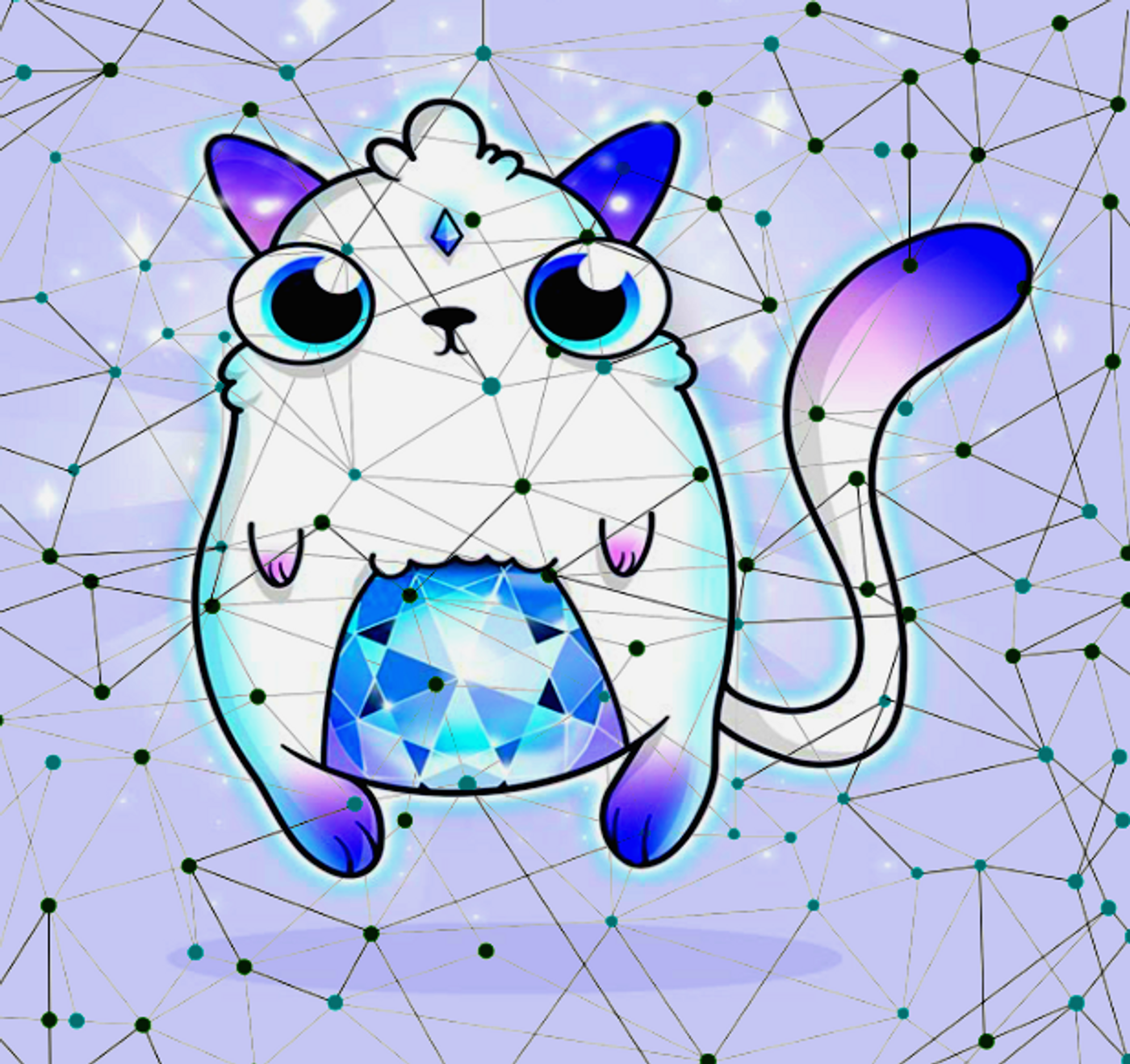What is a dApp (Decentralized Application)?
A dApp is a kind of application, like the apps that run on smartphones. The “d” means it’s decentralized -- a word that is often used to describe blockchain technology and virtual monies called cryptocurrencies. dApps use blockchain systems and so have similar traits, like storing data securely and using cryptocurrencies as one of the underlying components of transactions.
Blockchains and Cryptocurrencies
Blockchains are decentralized systems; they keep information on a spread-out network of computers, rather than on centralized servers. Each computer in the network has a matching copy of all the data. The records are locked into groups called “blocks.” Each block is connected to the one before it and is typically cryptographically secured and verified by a “hash,” which is akin to a digital fingerprint. “Miners” who run the blockchain’s nodes devote enormous computing power to verifying the hash, and usually the one who does this first is rewarded with cryptocurrency. That’s how most cryptocurrencies like Bitcoin are generated; they are virtual assets that exist on a blockchain, created and secured through cryptography.
This decentralized system is very hard to tamper with because in order to do so successfully, all the connected nodes around the world would have to be compromised simultaneously. Blockchains are designed to keep any one person or entity from having central control. Decentralized networks like blockchains are often called “peer-to-peer” systems because their users can transact with each other directly, without working through a middleman or authority.
Some cryptocurrencies are designed only as money and others serve as “fuel” to make a blockchain-based dApp carry out other tasks; they move within the blockchain as essential components of diverse transactions.
dApps
Blockchains and dApps can be programmed for many functions beyond the world of finance, including gaming -- like the most popular dApp, Cryptokitties, which Steph Curry recently endorsed -- shipping, education and voting. dApps can be built to do practically anything other apps do. dApps are also usually open-source, meaning that the public can see and use their programming code.
dApps can have their own unique blockchain or can be built on another pre-existing blockchain. Many are built on the Ethereum blockchain. A dApp’s blockchain typically has one digital currency that makes it work. This app-specific virtual coin, often called a native “token,” is the “gas” that makes something happen in the blockchain, such as the execution of a specific programmed contract or function. In many cases, the token transactions on the blockchain happen completely “under the hood,” and the program looks just like any other app to the front-end user. But, on the back-end, all the records are stored securely on the decentralized network.
In other cases, a company’s dApp might involve the front-end use of its token. The dApp might automatically reward loyal customers with the tokens, which could then be traded for goods or services within the app. Or, a user could send tokens directly to a performer to watch a live-streamed concert in the dApp – this is an example of a peer-to-peer transaction.
dApps are already providing the benefits of blockchain technology, including tamper-proof record keeping and peer-to-peer transactions, to many industries. For example, the dApp uPort provides blockchain-based digital IDs to users, while DNN is a Decentralized News Network. The purposes of dApps vary widely, and their underlying decentralized technology is quickly evolving.
Here are a few explanatory videos to flesh out the topic further; a brief definition of dApps given by Sam Yilmaz of the DAppsfund, and a bit longer description of their advantages from Blockgeeks.
Video Sources:









